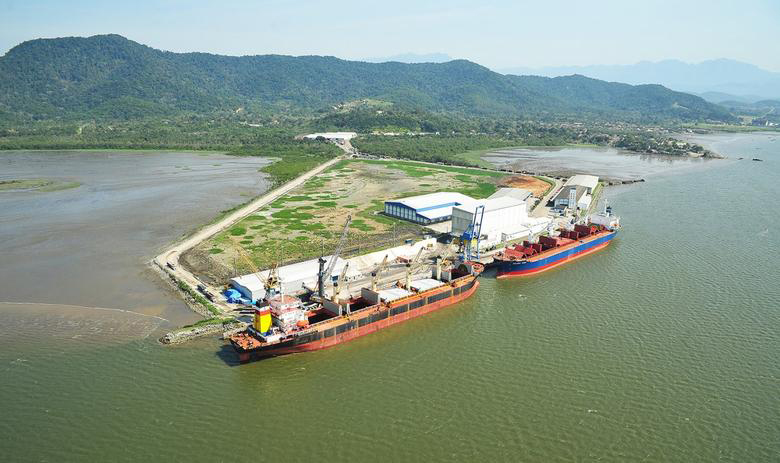Historical Facts
In the late nineteenth century with the completion of the railroad and train terminal, both linking to Antonina Curitiba, the Port of Antonina intensified its activities becoming, in 1920, the 4th Harbour Brazilian exporter.
The changes in the world economy after the Second World War and the end of the yerba mate cycle, determined the decline of the city's economy and its port activities, culminating in the 70s with the stoppage of industry Matarazzo, important generator of businesses and jobs.
From the 80s, Antonina, with about 20,000 inhabitants and privileged for its natural attractions, is now consolidating its profile tourist town, birthplace of folk and cultural events, integrating its tourist potential of its port vocation.
Today, the Port of Antonina is part of the complex administered by Appa.
Located in a strategic point for the flow of production, the Port of Antonina extends the speed and quality of service from the Port of Paranaguá, offering two port terminals: Baron Teffé and the Ponta do Félix. The main cargoes handled in Antonina are frozen, fertilizer and iron ore.
Details
Surface area: 256.622,95 m² (Barão de Teffé terminal) and 72.000m² (Ponta do Félix terminal).
Extension of the wharf: 360m (Barão de Teffé terminal) and commercial wharf for ships of up to 155m (Barão de Teffé terminal).
Warehouses:two warehouses (2.436m e 1.056m) in Baron terminal Teffé; 3 warehouses for general cargo, with 2.500m² (capacity of 10000m³) and 2 with 3.125m² each (capacity of 18000m³), in Terminal Port of Ponta do Félix.
Sources: APPA, Wikipedia



